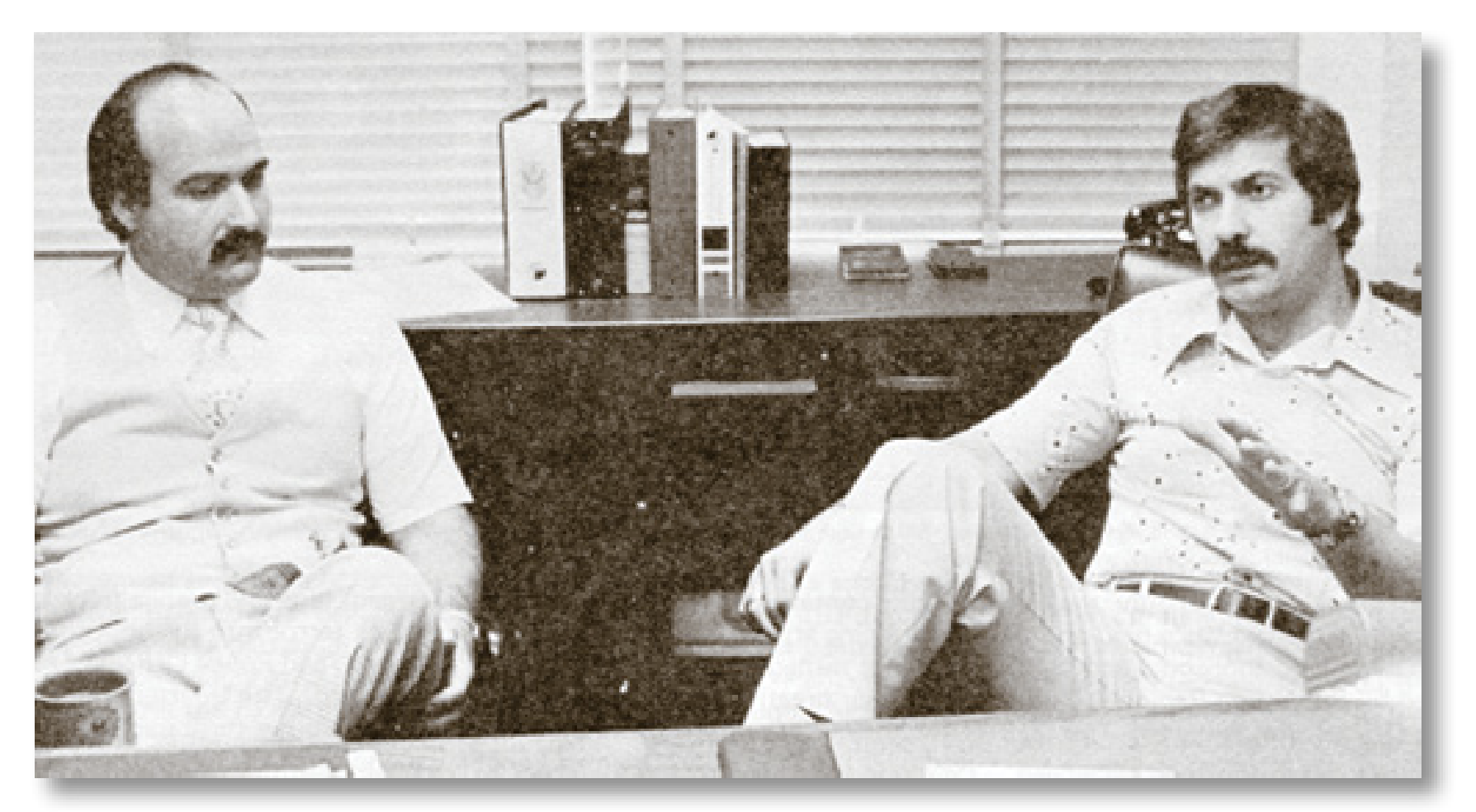In 1927, a family in Mexico City ate cannabis leaves by accident. The father had just been killed, and with no money to buy food, the mother and four children turned to some plants they’d found growing. When neighbors saw them a few hours later, they were laughing.
The next day, The New York Times reported that according to doctors, the mother had irreversible brain damage and the children were all going to die. It ran the story under the headline: “MEXICAN FAMILY GO INSANE.”
After the federal government created the created Bureau of Narcotics, an early predecessor of the Drug Enforcement Administration, Commissioner Henry Anslinger found an effective way to engineer the criminalization of marijuana. He would scour the country for the most salacious reports of the most bizarre or violent behaviors by Black and Brown people, and then he would funnel them to journalists and suggest they print abhorrently racist stories about marijuana making people psychotic criminals. And they did.
Harm reduction is moving into the public consciousness, but drug-war propaganda is not moving out. Law enforcement and media found a mutually beneficial model that doesn’t even require propaganda to be more subtle than it was 100 years ago, it’s just moved from drug to drug. Over the decades, the public has more or less accepted that weed doesn’t make entire families go mad, but that NYT story would still fly if you swap in different drugs.
If you were a PCP user in the late 1970s, you attacked bystanders at random. You had unusual strength.
“It’s a real terror of a drug,” NIDA Director Robert DuPont said in 1977. “Everything people used to say about marijuana is true about angel dust.”
In 1977, the year the DEA created a Special Action Office to investigate PCP, the media coverage was beside itself. If you used PCP in the late 1970s, the NYT or the Washington Post or your local paper of record reported that you were about to “go berserk and commit violent crimes.” You attacked bystanders at random. You had unusual strength. You were unstoppable, you could jump, you could fly.
These stories circulated the same incident reports about the same people, who’d reportedly ripped out their own eyeballs and stabbed tiny babies to death and drowned in five inches of water. They shared breathless accounts of police officers saying they were afraid of PCP users, who seemed to really want to provoke them.
“PCP USERS … REACT IN A THREATENING AND VIOLENT MANNER WHEN CONFRONTED WITH A THREATENING SITUATION,” the Journal of Police Science and Administration claimed in 1979. “FREQUENTLY, SUCH CONFRONTATIONS HAVE INVITED DEATHS.”
These kinds of statements fueled headlines about how anyone on PCP was on the cusp of becoming a murderer. PCP use is still reported on the same way it was 45 years ago, but cops have moved on and therefore so has the media.
Today, the real threat to society is meth, which is also reported on the way PCP was 45 years ago: Due to the toxicity-induced psychosis in their brains, users are imbued with superhuman strength and don’t seem to feel pain, and so non-lethal force is unfortunately not enough to stop them.
Meth users don’t die because police shoot them; they die because they’re “hard to take down with tasers.”
Encampments, and anywhere else meth use is being attributed to mental illness and vice versa, are “Meth Hell” where “Users Are Violent, Paranoid, Psychotic.” Any “Random, Unhinged Assault” is important news the public needs to know. Meth users don’t die because police shoot them; they die because they’re “Hard To Take Down With Tasers.” No matter the circumstances, once you say someone used meth it makes sense to the public that they died.
Anslinger gave media the narrative that drugs drive certain people to violent madness. But what also stuck was the practice of trawling for every lurid account of someone, somewhere, doing something unusual while on drugs, and then creating a body of evidence by citing them in every new piece of coverage until it’s time to move on. Ideally journalists would be a bit more skeptical of stories about “zombie” people with superhuman strength, but they’ll repeat them uncritically if the people are drug users and the source is a cop.
Whatever drug is the big public menace of the day, it always triggers mental collapse and a thirst for violence. People who use it develop superhuman strength; amnesia; bizarre behavior; psychosis that might be permanent, who knows. They become sexual deviants who are a danger to children, plus a burden on the health care system. They die of behavioral toxicity or excited delirium.
Media regurgitate DEA press releases and whatever statements the local sheriff’s department needs printed in the news, and it’s the same propaganda over and over and over: Drugs make people go crazy, and those people are going to attack you. Cops circulate it to keep themselves in power; journalists to keep themselves in business, and because it’s just tradition by now.
Photograph of Carlo Boccia (right) and SA Joe Brzostowski, who coordinated the Drug Enforcement Administration’s largest PCP sting in 1978, via Drug Enforcement Administration





Show Comments